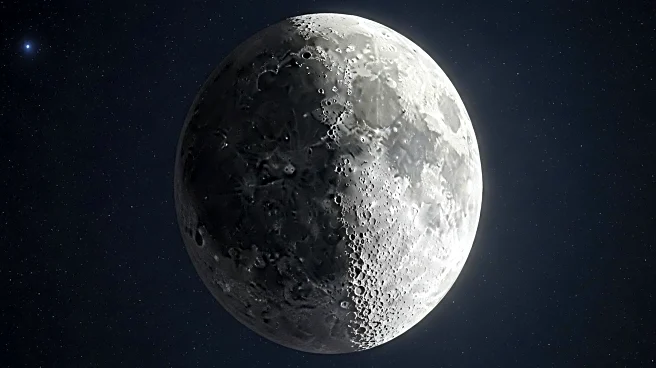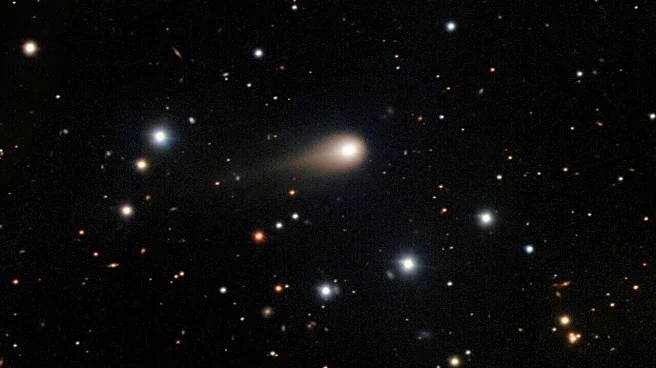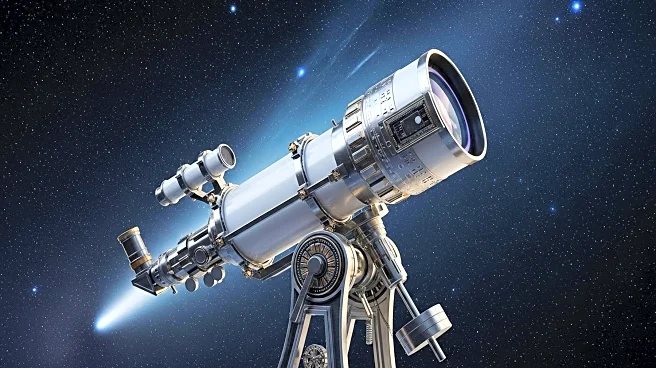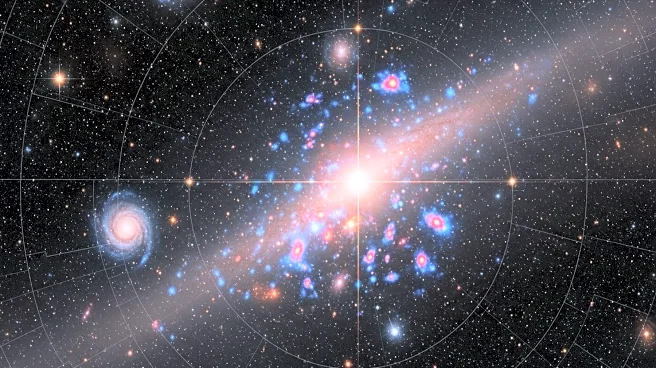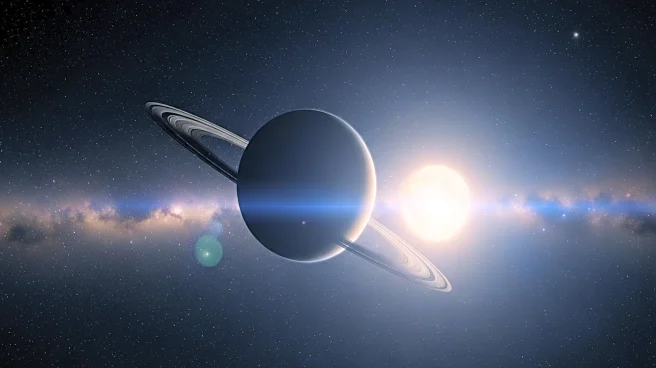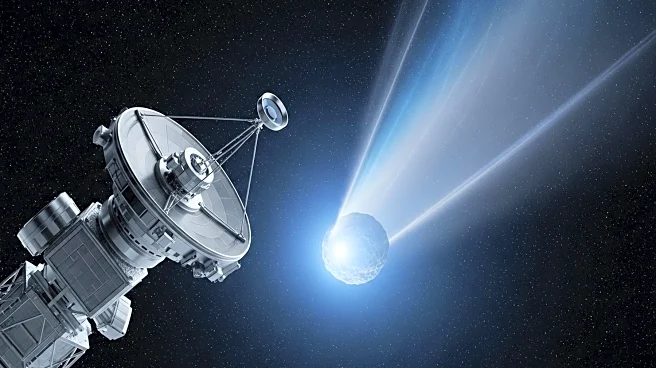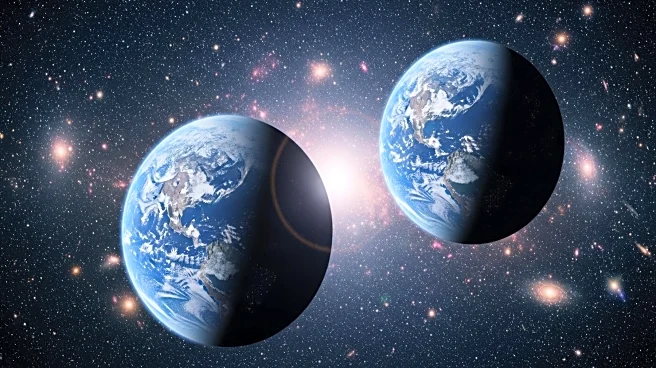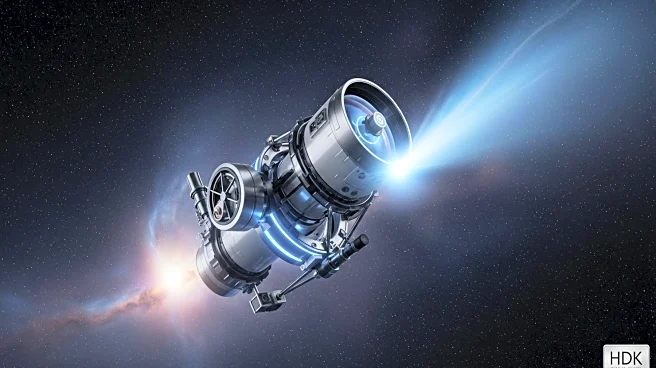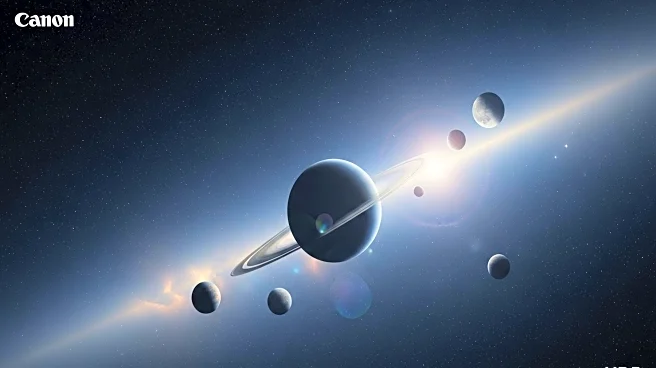What's Happening?
The moon is currently in the Waxing Gibbous phase, with 72% of its surface illuminated as observed from Earth. This phase is part of the lunar cycle, which spans approximately 29.5 days and includes eight distinct phases. As the moon approaches the Full Moon phase, more features become visible each night. On September 2, 2025, observers can see the Mare Imbrium, Mare Serenitatis, and Mare Vaporum without visual aids. Binoculars will reveal the Clavius Crater, Alphonsus Crater, and Apennine Mountains, while telescopes can provide views of Apollo 12, Apollo 17, and Rima Ariadaeus. The next full moon is expected on September 7, following the last full moon on August 9.
Why It's Important?
Understanding the lunar cycle is crucial for astronomers and enthusiasts as it affects visibility of lunar features. The Waxing Gibbous phase offers a unique opportunity to observe specific lunar landmarks, enhancing educational and recreational activities related to astronomy. This phase also impacts cultural and scientific events, as full moons are often associated with various traditions and research activities. The increasing visibility of the moon's surface can aid in scientific studies and public interest in space exploration, fostering a deeper appreciation for celestial phenomena.
What's Next?
As the moon progresses towards the Full Moon phase, visibility of its surface features will continue to improve, offering more opportunities for observation and study. The upcoming full moon on September 7 may prompt increased public interest and participation in lunar observation events. Astronomers and educators might organize viewing sessions to capitalize on the enhanced visibility, potentially leading to greater engagement with space science. Additionally, the full moon could influence cultural events and activities that are traditionally linked to lunar cycles.
Beyond the Headlines
The lunar cycle's impact extends beyond mere observation, influencing tides and nocturnal wildlife behavior. The Waxing Gibbous phase, leading to a full moon, can affect ecological systems and human activities reliant on natural light. This phase also serves as a reminder of the intricate dynamics between celestial bodies, encouraging further exploration of space and its effects on Earth. The visibility of lunar features during this phase can inspire technological advancements in telescopic equipment and observational techniques.
